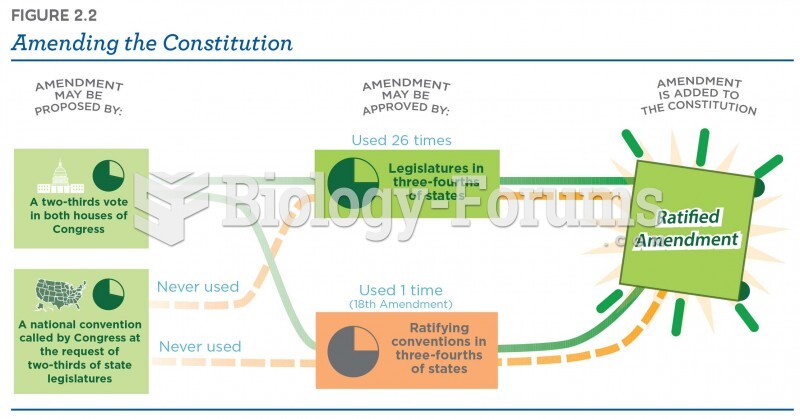Answer to Question 1
From the passage of the Constitution to the Civil War, criminal justice was considered a local affair. The Bill of Rights extends protection against only the federal, not the state, government. The Fourteenth Amendment's due process clause changed that.
Courts, however, defined due process differently. Some decisions emphasized procedural due process, contending that due process guarantees fair procedures for deciding cases. The question then became which fair procedures are guaranteed. The Bill of Rights lists several. Are they due process guarantees?
Experts differed. Some claimed that the Bill of Rights codifies a specific list of procedures to protect people against governmental excesses and the Fourteenth Amendment requires that all these procedures apply to the states.
Others claimed that if due process is shorthand for the Bill of Rights, the Fourteenth Amendment due process clause is wasted language, because the Fifth Amendment already includes a due process clause. They thought the meaning of due process should evolve to meet the needs of an ever-changing society.
Until the 1930s, SCOTUS refused to apply the Fourteenth Amendment due process clause to state criminal proceedings. After World War I came the rise of totalitarian governments in the late 1920s and 1930s, which gave rise to American suspicions of arbitrary government. In 1932, SCOTUS ruled, in Powell v. Alabama, that the state of Alabama had denied the defendant's due process during the trial. In Brown v. Mississippi (1936), the Court ruled the defendants were denied due process when confessions obtained by brutality and torture were used against them.
These two cases established the fundamental fairness doctrine. According to this doctrine, due process commands the states to provide the basics of a fair trial. These include (1) giving defendants notice of the charges against them and (2) assuring a full hearing before conviction. However, even after these two cases, SCOTUS refused to hold that the Bill of Rights now automatically applied to state criminal justice.
During the 1940s and 1950s, all the Justices agreed that the Bill of Rights imposes limits on state criminal procedures, but they disagreed about what those limits are. This view was opposed by Justices who believed in the total incorporation doctrine. They believed that all the provisions of the Bill of Rights should be incorporated through the due process clause of the Fourteenth Amendment and applied to state criminal justice proceedings. A third approach, selective incorporation, took a middle ground. Under this doctrine, some rights in the Bill of Rights would be incorporated through the Fourteenth Amendment and others would not. This doctrine was adopted by the Court in the 1960s in a series of decisions called the due process revolution, and the pendulum swung in favor of individuals' procedural rights.
Answer to Question 2
The new generation of criminal procedure calls for accurate, reliable, impartial empirical and social scientific evidence primarily aimed at answering two questions: (1) How effective are crime-controlling practices? and (2) What is their effect on individual liberty and privacy? As a compelling example, DNA exonerations conclusively demonstrate that our criminal justice system has wrongfully convicted innocent citizens. DNA exonerations we know about may only be the tip of the iceberg, so we must not only remember the innocents, but also be aware of any possible shortcomings in the data presented to us.







